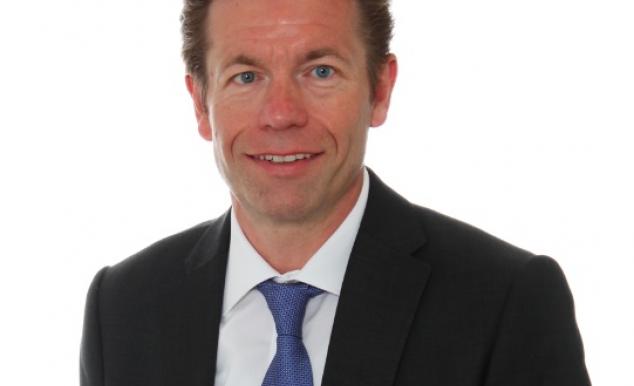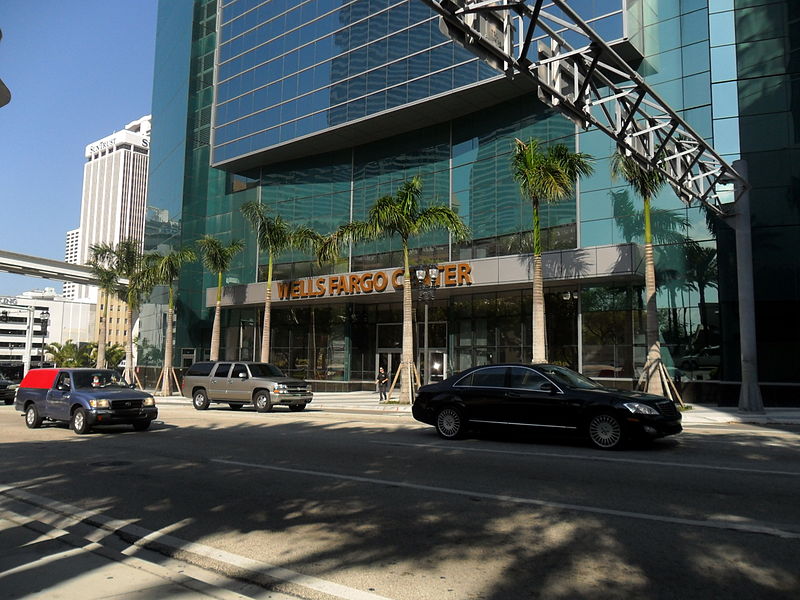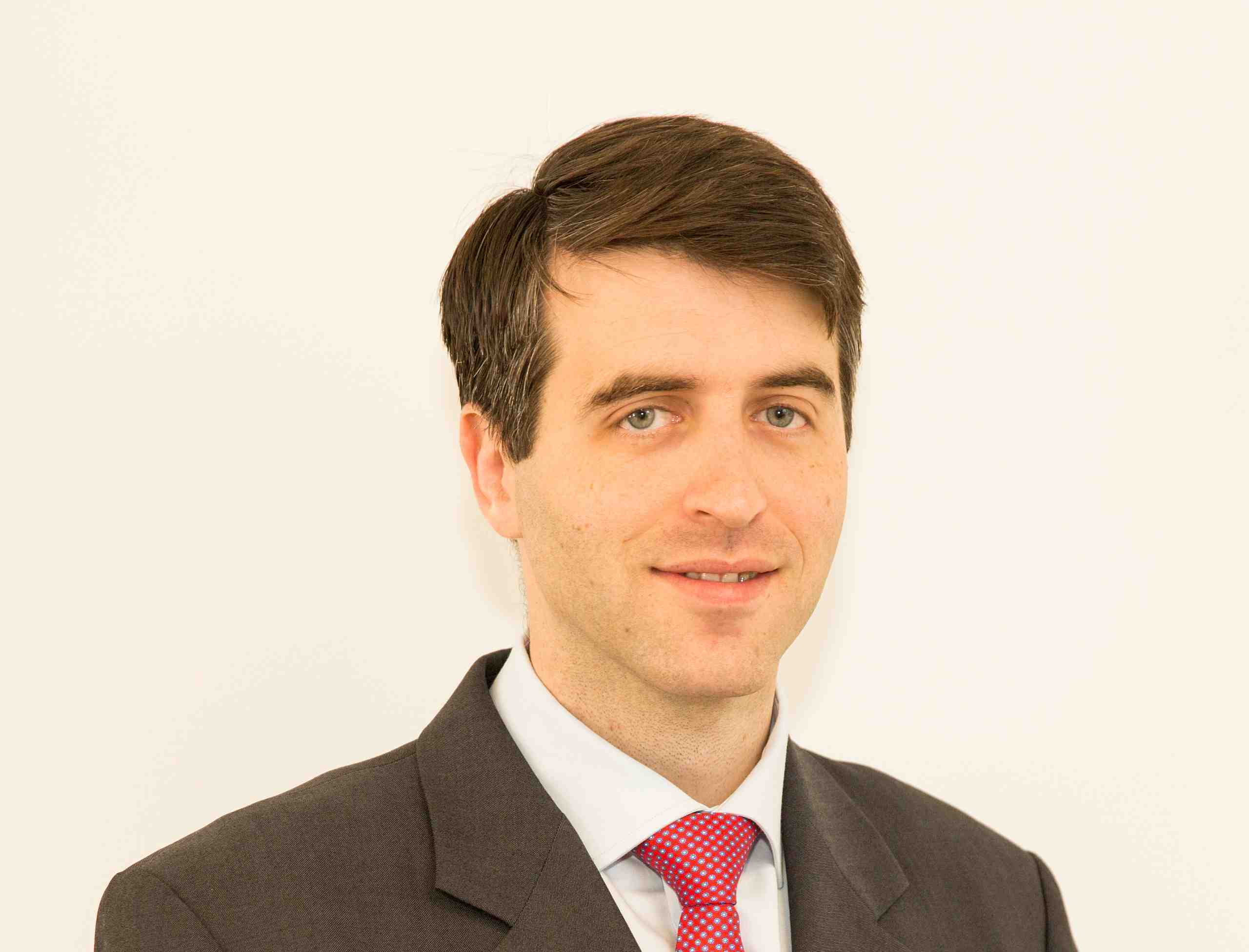Regardless of Who Wins the Election, Brazil is Likely to go Through a Challenging Time in the Years to Come
| By Fórmate a Fondo | 0 Comentarios

Steve Drew, Head of Emerging Market Credit at Henderson Global Investors, has provided a brief analysis on the first round of the Brazilian elections over the weekend. He believes the incumbent, Dilma Rousseff, will be re-elected president. He added that voters are split between more of the same – an incumbent promising investment in social programs and infrastructure, or the promise of fighting inflation and reform. No matter who wins the election, Brazil is likely to go through a challenging time in future.
Steve Drew, Head of Emerging Market Credit at Henderson Global Investors said:
“As expected, the results of the voting on Sunday did not produce a clear winner in the presidential election, taking the battle to a second round vote on October 26 between the incumbent, Dilma Rousseff, and her rival, Aécio Neves.
The runoff campaign will be a battle between opposing visions for development in Brazil. Opinions are divided as to which candidate will ultimately win the presidency. Voters are split between more of the same, with an incumbent president that is promising investment in social programs and infrastructure, and one that aims to fight inflation and spur economic growth with much needed reforms. The winner on October 26 will likely be the candidate who can persuade the third-placed Marina voters that their program is good for the future of Brazil. Many investors are hoping the pro-business Neves will implement market-friendly policies, fight inflation and usher in badly needed reforms aimed at spurring growth in the country. There is evidence that investors are currently long risk assets in Brazil with big capital inflows primarily from Russia, but also from crossover US accounts.
While a ‘Neves win’ would initially lead to risk-on sentiment in the markets, a ‘Dilma win’ would do the opposite, as investors perceive that reforms are off the agenda. However, even the risk-on mood may be temporary as the reality bites of how Brazil can re-engineer growth in a faltering economy.
While it is likely that, in the case of a ‘Dilma win’, Brazil’s sovereign credit rating could be downgraded to junk within 12-18 months, a ‘Neves win’ may only push the downgrade further down the line as growth projections for Brazil for either candidate are not great enough for a country fighting inflation to escape a downgrade.
The downgrade would have negative consequences for Brazilian companies, where even the country’s biggest asset, the quasi-sovereign Petrobras oil company, would find it more difficult to refinance its c.US$140bn of debt. The conditions for other companies would be even tougher.
In the case of a ‘Neves win’, the initial risk-on reaction would create investment opportunities, the best of which will likely be found in liquid instruments — taking a view on the appreciation in the currency or short-dated local real bonds. The price of Brazil’s external debt would also rally as credit spreads would contract.
However, any depreciation in the currency will be largely good for the corporate sector, giving companies room to maneuver in cutting prices to raise export volumes. Companies such as Fibria and Suzano (pulp and paper), and Marfrig (food processing) are currently trading quite rich to their fundamentals and could be among those benefiting from the drop in the real.
Regardless of who wins the election, and currently it looks more likely that Dilma Rousseff will be re-elected as president, Brazil is likely to go through a challenging time in the years to come. Given the poor prospects for growth, with inflation above target and the massive underinvestment in infrastructure, badly needed reforms will simply not be coming soon enough.
“From a risk/reward stance, we believe Brazil should remain an underweight position for the foreseeable future. There will be times to go long the market, but it should happen on an opportunistic and tactical basis”, concludes Steve Drew, Head of Emerging Market Credit at Henderson Global Investors.





